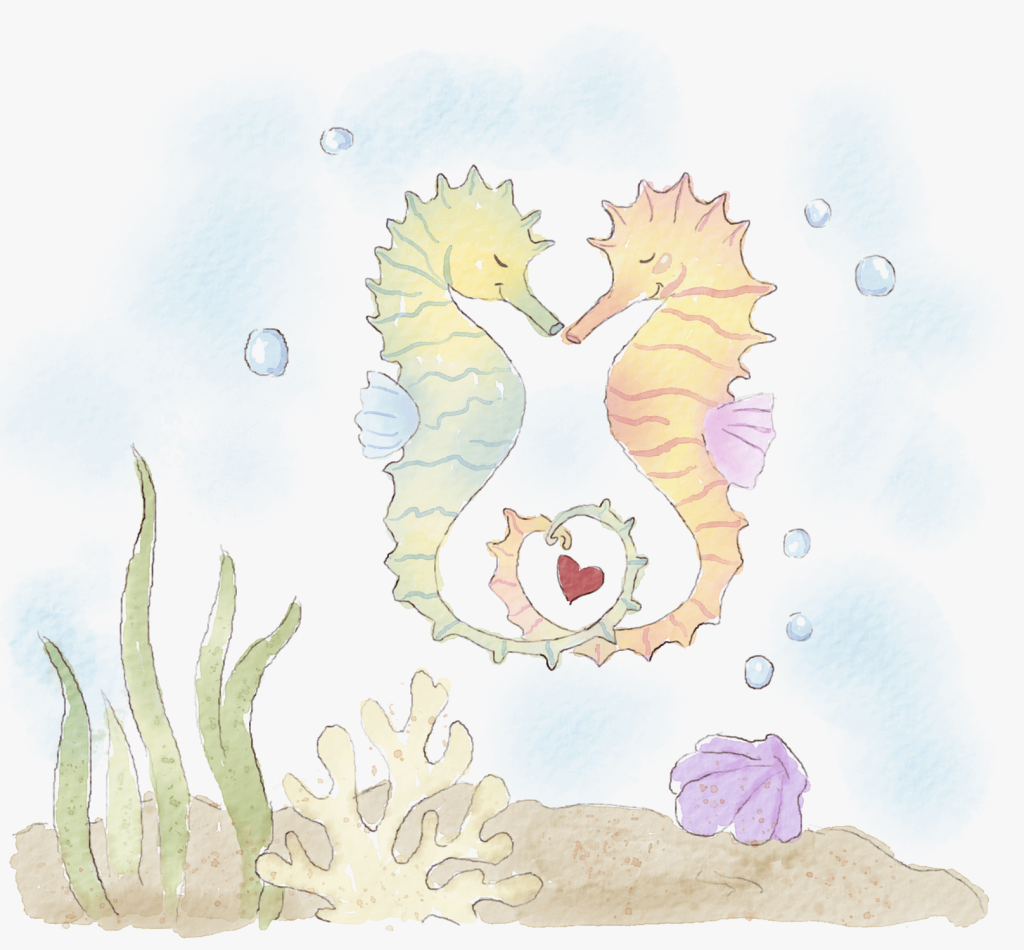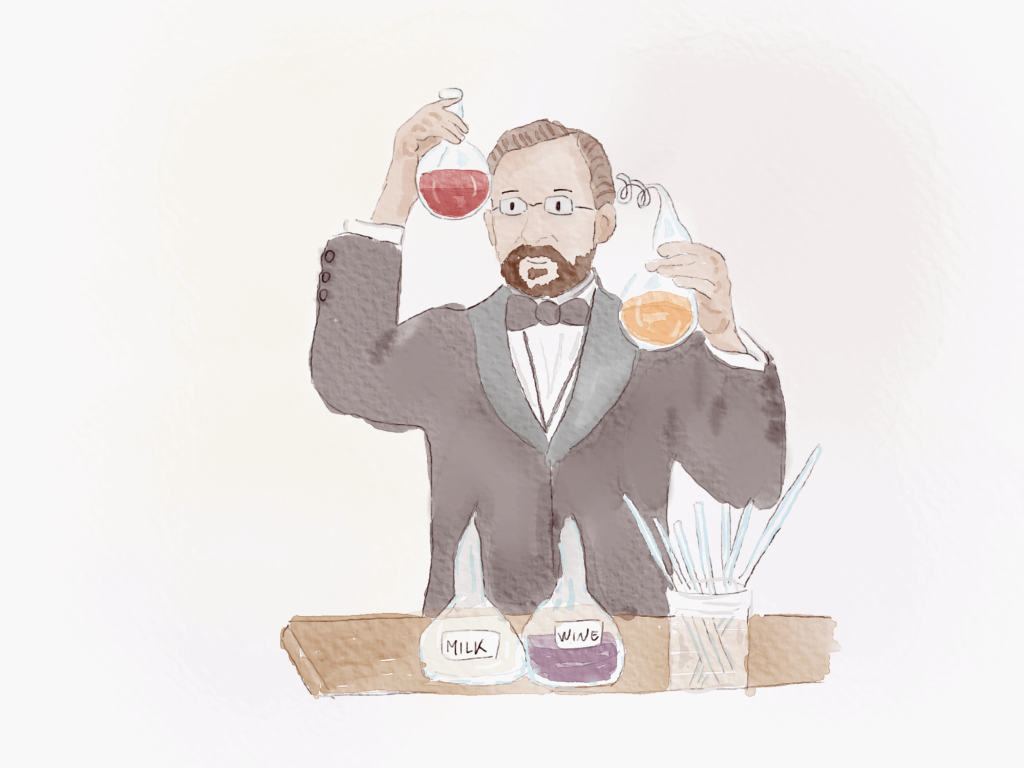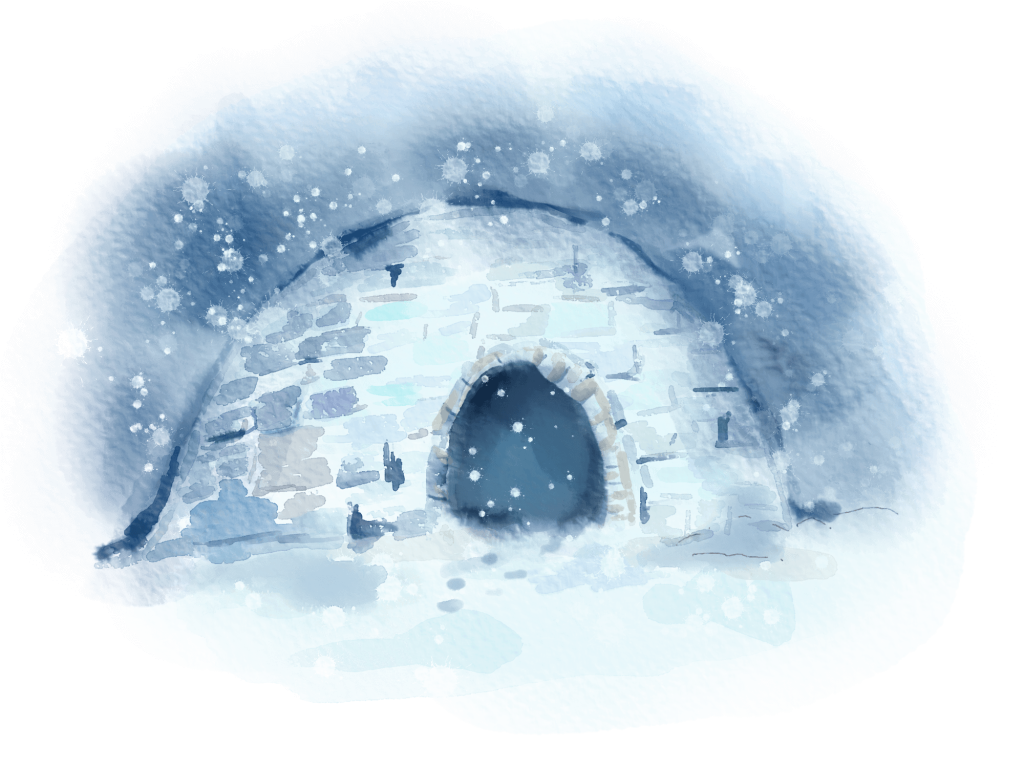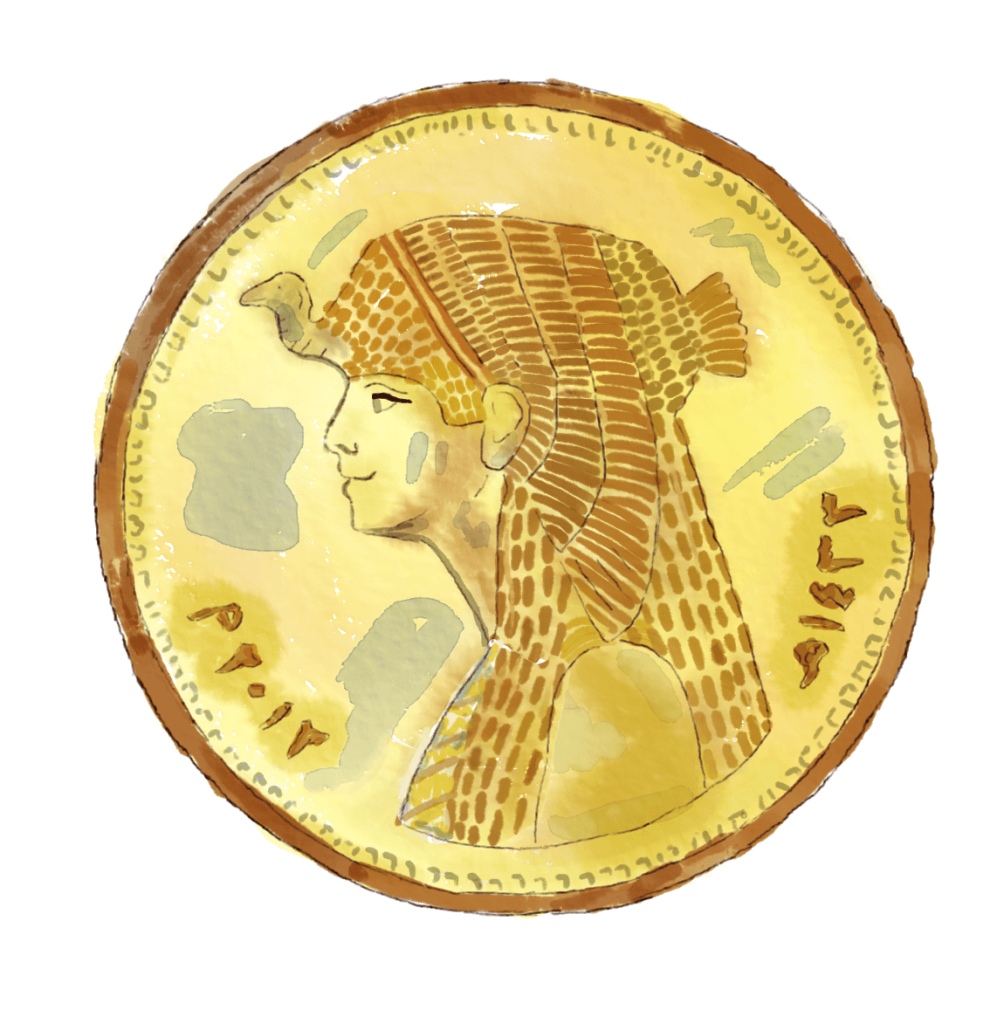Lighthouses use one tiny lightbulb
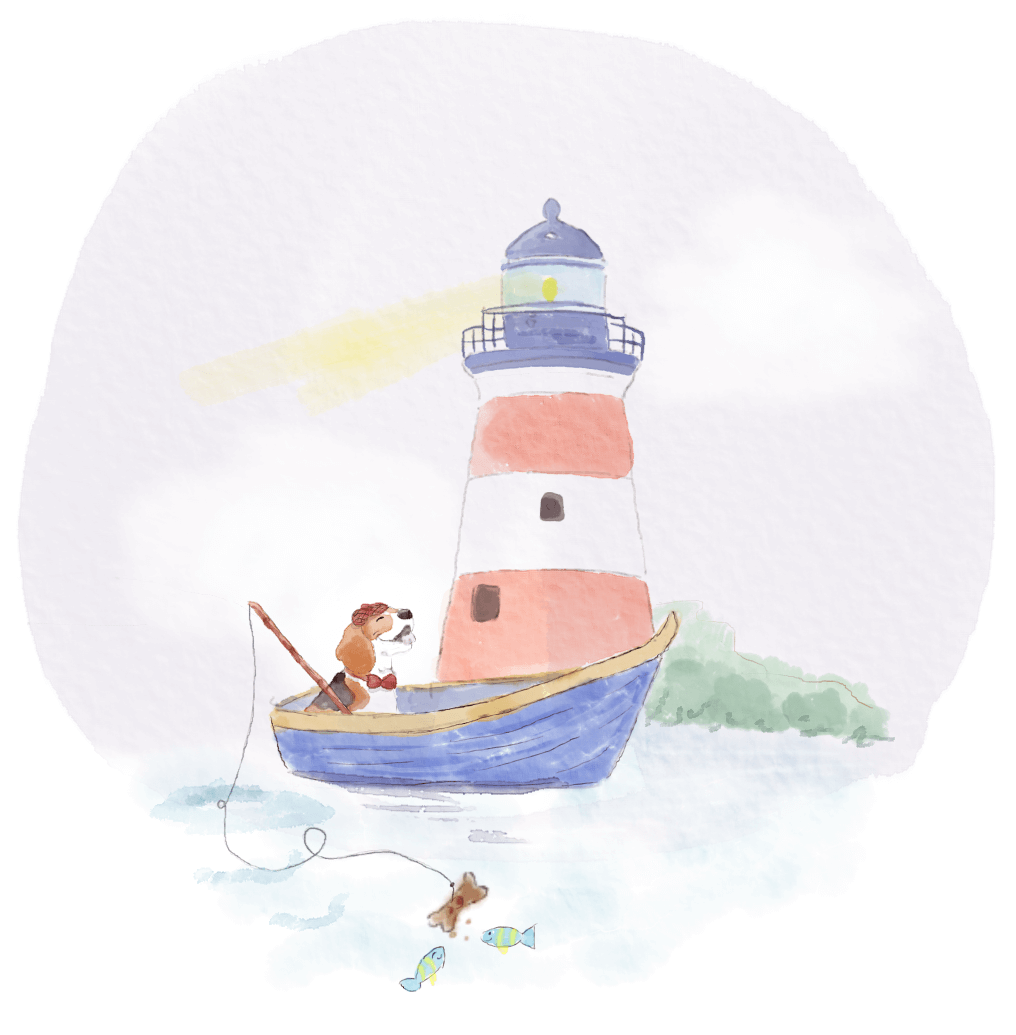
Lighthouses have been guardians of the sea for ages. One might think they need a lightbulb as big as a whale, but they only use a tiny lightbulb.
Let’s find out how that’s possible, and hear the stories they have to tell about brave sailors and “lightkeepers.”
A beacon of hope in the night
Imagine a ship sailing through a storm…
The waves are crashing all around and thick fog makes it hard to see. The ship could get lost or worse — crash into the rocks!
But through the heavy darkness, there’s a light reaching out that says “this way…”
Lighthouses use flashing patterns to tell ships “danger ahead,” or “this way is safe.” The patterns also help sailors identify each lighthouse.
Even though we have technology like GPS now, we still need lighthouses.
That’s because lighthouses guide everyone on the water – from the tiniest sailboats to the largest ships. In many villages, fishermen still rely on lighthouses to guide them home.
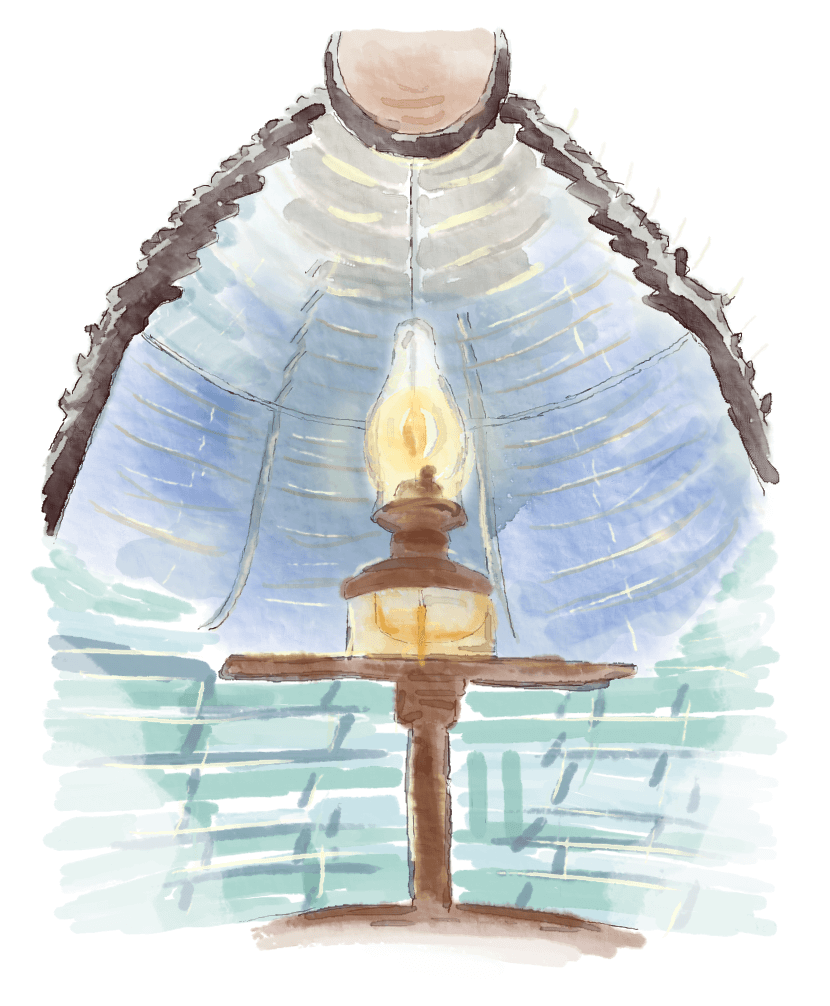
A single 1,000 watt lightbulb pierces the dark for over 20 miles
That’s the same lightbulb power most street lights use.
200 years ago, a French engineer called Augustin-Jean Fresnel had a brilliant idea. He found a way to magnify light over long distances with a special lens. He named it “Fresnel lens.”
Mr. Fresnel designed a thin, flat piece of glass with lots of tiny ridges. The ridges “bunch up” the light and focus it into a single beam. It’s similar to how you might use a magnifying glass to focus sunlight onto a piece of paper and start a fire.
The lenses in the lantern room rotate so that ships can see the light from every direction. The lightbulb stays in place.
Fresnel’s invention didn’t stop there. His lenses became popular for cameras, theater lights, and car headlights. Thanks to him, we can see things more clearly and safely today.
Before electricity…
Lighthouses used to work with oil lamps.
The keepers who lived in the lighthouse would light the fire at the right time every evening and keep it burning bright.
They also made sure the rotating mechanism was working at all times.
Back then, the mechanism worked much like a large clock. It used gears and weights to keep the lenses turning.
Lightkeepers got lonely, living so far from everyone. So they often brought dog or cat friends to help with the chores.
The dogs kept patrol outside, while the cats hunted mice inside. Together, they all protected the lighthouse and its supplies.
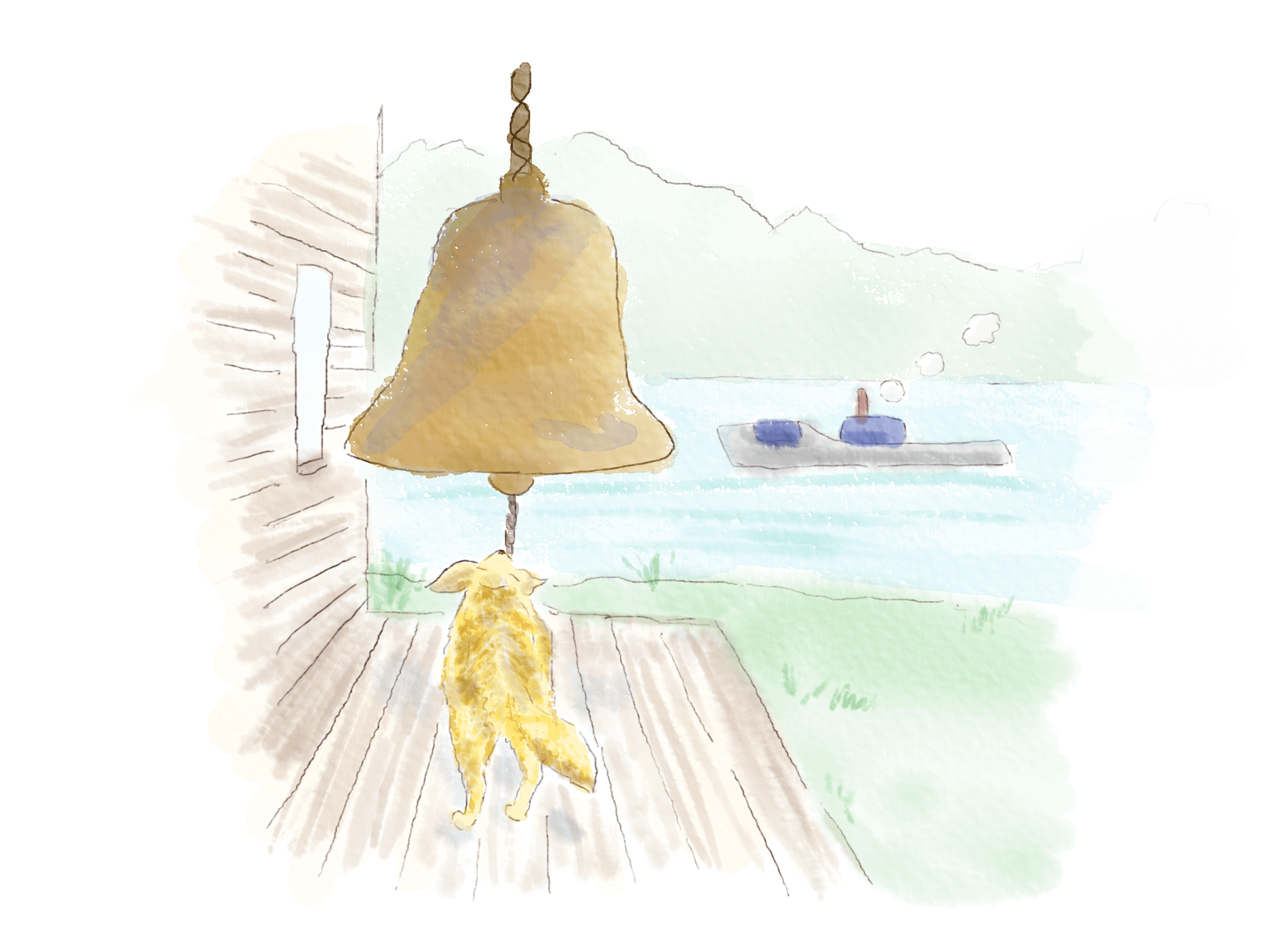
Did you see a bell nearby?
Not all lighthouses have bells, but some used to!
When it was foggy or hard to see, lightkeepers would ring the bell, giving ships an extra clue about where they were.
At the Wood Island Lighthouse, in Maine, a dog called Sailor rang the bell for passing ships. His human friend, keeper Thomas Orcutt, said Sailor had trained himself to do so.
Sailor became famous for returning the steamboats’ salute. As soon as he heard the customary 3 whistles, he would dash out of the lighthouse at full speed, pull the bell’s rope with his teeth, and ring away with great joy.




